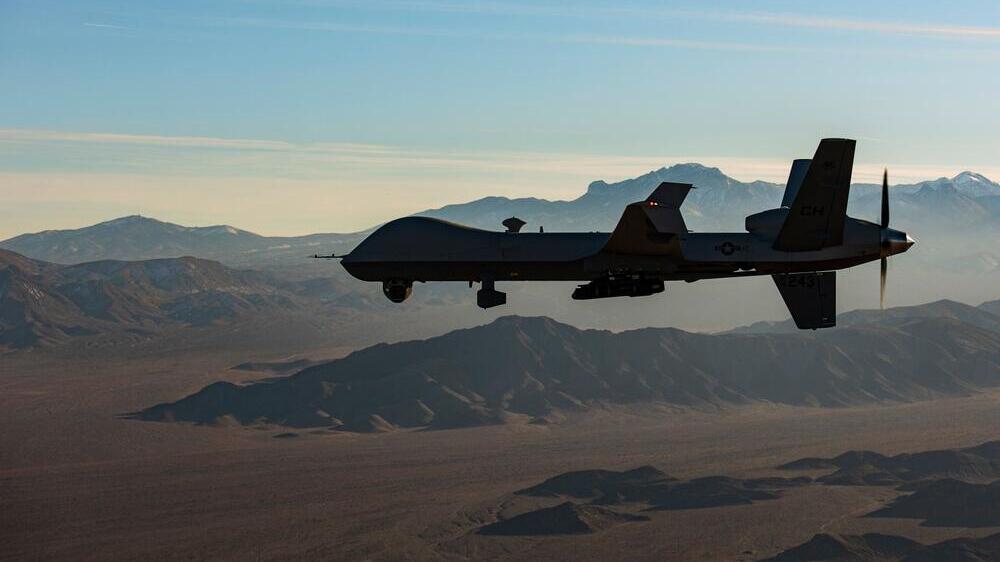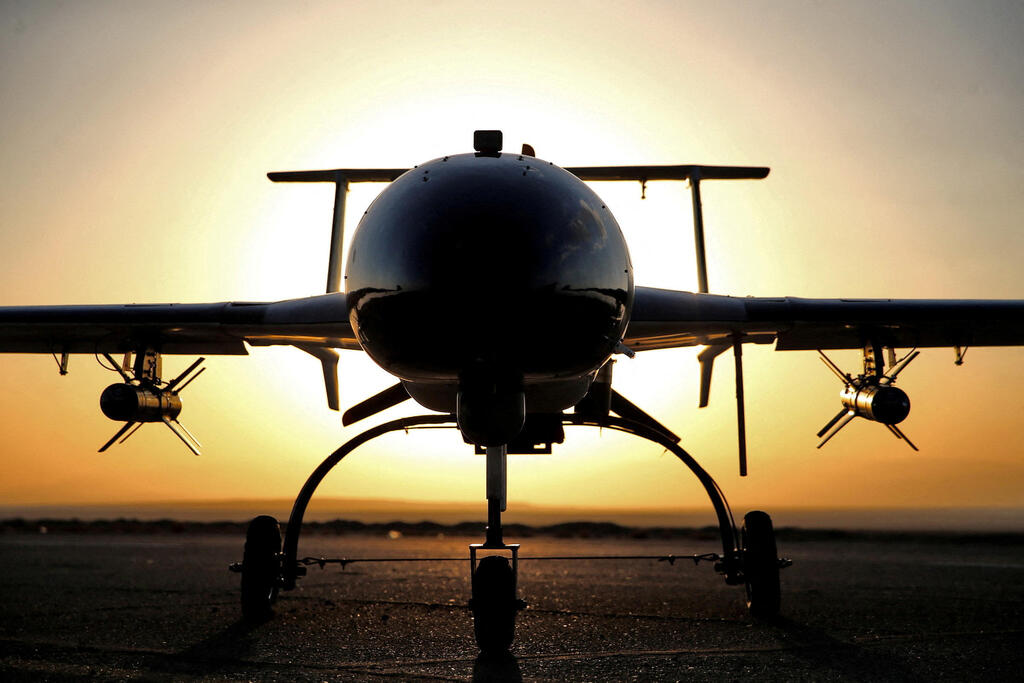In recent weeks, there has been a growing focus on drone attacks. The drones have become the weapon of choice for Hezbollah, repeatedly targeting Israel. One such drone even reached Eilat last week, detonating in the courtyard of a school.
Read more:
The IDF has managed to intercept some of the drones, launched from Syria, Lebanon, Gaza, and even Yemen. However, the infiltration of malicious unmanned aircraft has emerged as a significant threat to Israel's security, alongside the continuous menace of missiles and rockets from Hezbollah, Hamas, and their supporters.
This week we host Matan Yanko, a business intelligence analyst in the defense industry and a reserve officer in the IDF Intelligence Corps. She sheds light on what exactly these drones are, why terrorist organizations are increasingly utilizing them, and whether Israel is prepared to confront this evolving threat.
When did the use of drones begin on the battlefield?
The use of drones on the battlefield began to gain prominence, with Israel leading the way in this field. Since the early 1970s, Israel has been operating aerial vehicles designed to assist in ground combat and intelligence gathering. The pioneer in this effort was the "Zahavan" of the Israel Aerospace Industries, known as the Scout, developed to consolidate an intelligence picture. One of its notable missions was during the Yom Kippur War, where it was used to collect images and photographs of Jordanian and Egyptian positions. However, this usage has evolved significantly over the decades.
A pivotal moment occurred during the Second Lebanon War in 2006. It marked the first time in history that more unmanned flight hours were logged than manned combat aircraft flights throughout the entire war. Drones continuously hovered over the combat zones, becoming integral to the war effort. This trend expanded as more sophisticated drones were introduced, enhancing their accessibility and capabilities.
What do we know about Hezbollah's capabilities in this area and why it uses these tools?
Hezbollah's capabilities in the realm of drones are considered quite extensive. A research institute named Alma published a report in December 2021, revealing that Hezbollah possesses around 2,000 unmanned aerial vehicles, many of which are advanced models from Iran, alongside drones produced by the organization itself. Since approximately 2014, Hezbollah has disclosed that it operates drone fleets for reconnaissance and intelligence purposes.
During the Second Lebanon War, they made numerous attempts to target Israel, primarily using explosive-laden drones. This marked a significant turning point. They studied, among other things, how we operate with drones. Iranian sponsorship provided them not only with the technological capabilities of these devices but also with training and expertise, ensuring their proficiency in this domain. The Iranian support ensures thorough mastery in this aspect.
Is Israel prepared to deal with this threat?
Israel boasts one of the world's top air defense systems, a comprehensive network with multiple layers of protection in the air, at sea, and on the ground. It's crucial to note that the Iron Dome, David's Sling, Arrow (Patriot), and even active protection systems like trophies installed on armored vehicles and tanks—all effectively counter various threats, including drones. They are capable of intercepting drones, and of course, they can also intercept threats posed by combat aircraft or helicopters.
However, the challenge becomes more pronounced when dealing with smaller threats, such as drones, as seen in Hamas's terror attacks. The uniqueness of these small devices lies in their ability to fly slowly and at low altitudes, making them difficult for combat aircraft and helicopters to intercept, and challenging for air defense systems to detect. Nevertheless, Israel's air defense system is highly expansive, built in multiple layers. Yet, it's important to acknowledge that, ultimately, no defense system is foolproof.





